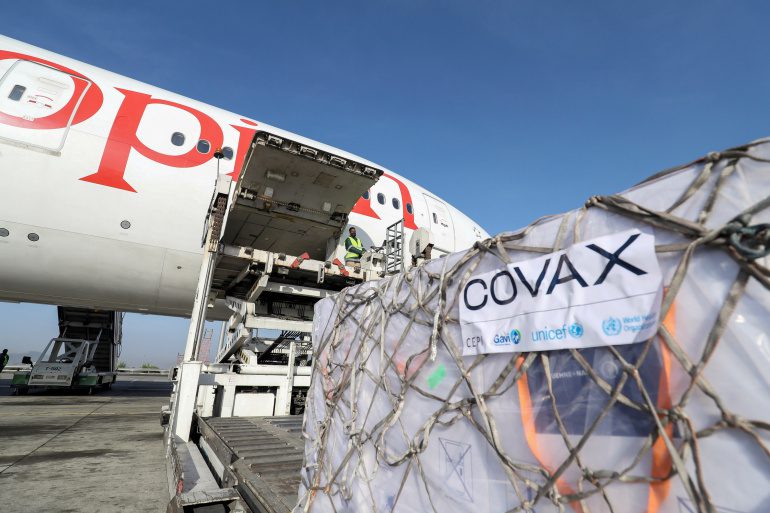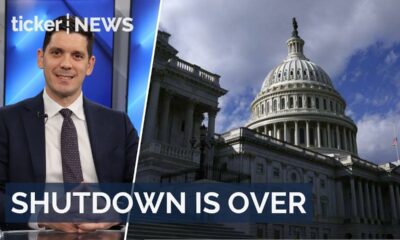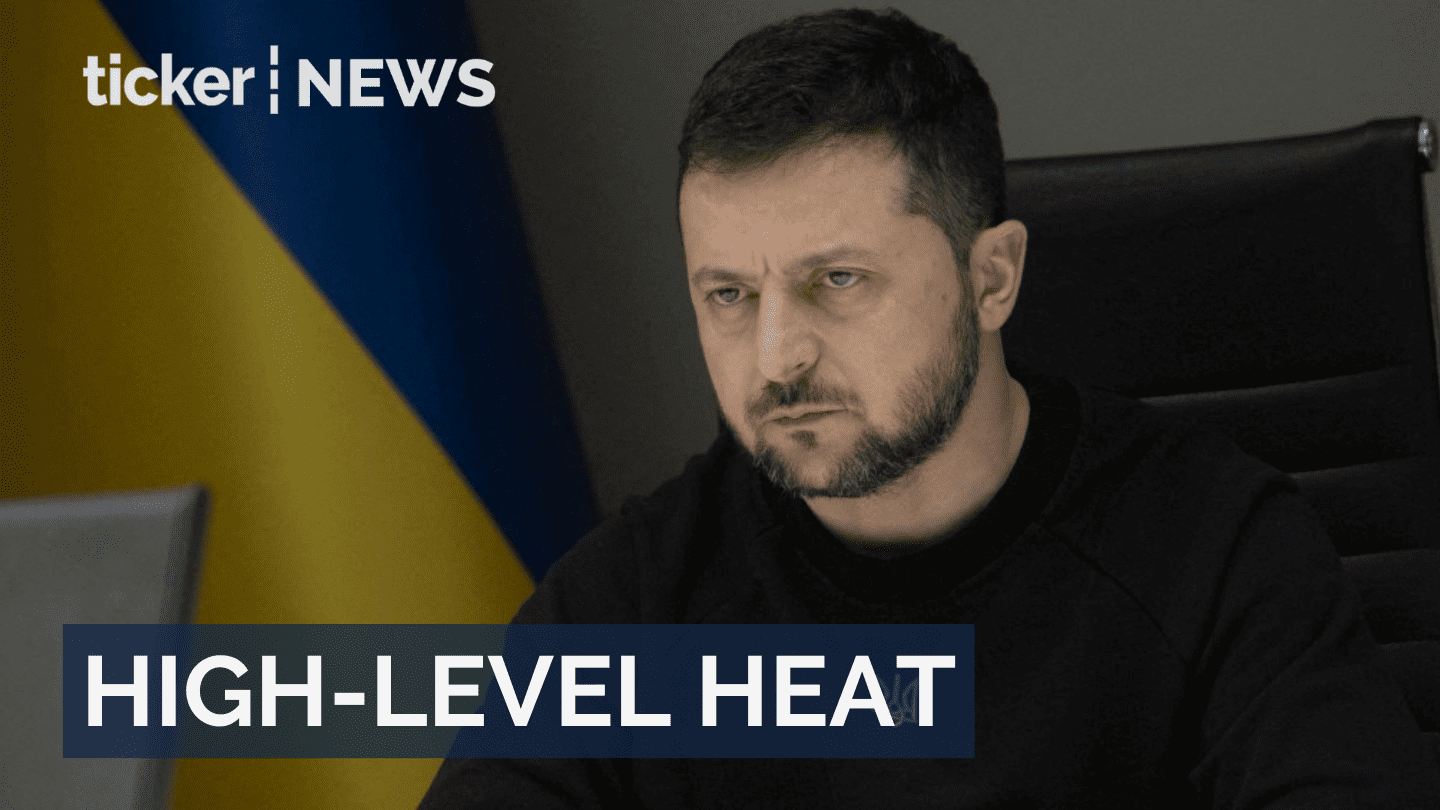News
Do western economies hold the COVAX sharing scheme’s key to success?

News
Ukraine faces tough choices amid US-Russia peace talks
Ukraine faces tough choices amid U.S.-Russia secret peace plan negotiations, potentially demanding significant concessions from Kyiv
News
US job growth strengthens in September despite rising unemployment
US job growth slows as unemployment rises to 4.4%, amid economic uncertainty and impact of artificial intelligence on labour market
News
U.S. pushes Ukraine toward controversial peace plan with Russia
US pressures Ukraine to accept a peace plan risking territory loss amid ongoing conflict with Russia.
-



 Shows4 days ago
Shows4 days agoKnowing when to walk away in real estate deals
-



 News4 days ago
News4 days agoTrump-Xi APEC talks stir Taiwan concerns
-



 News2 days ago
News2 days agoMicrosoft and Nvidia invest heavily in Anthropic
-



 News4 days ago
News4 days agoAustralia’s top-selling ute is finally going electric
-



 Leaders3 days ago
Leaders3 days agoWealth building requires discipline over chasing returns
-



 News4 days ago
News4 days agoAre Australia’s streaming rules going too far?
-



 News3 days ago
News3 days agoU.S. shutdown ends: what’s next?
-



 News3 days ago
News3 days agoTrump Threatens $5B BBC Lawsuit







